On Friday, January 5th, the Estonian Centre For Defence Investments (Riigi Kaitseinvesteeringute Keskus or RKIK, also known by the English acronym ECDI) delivered a batch of portable anti-aircraft missile systems “Piorun” ordered from Poland and produced by Mesko, a company within the Polish Armaments Group (PGZ) located in Skarżysko-Kamienna, to the Estonian Defence Forces (Eesti Kaitsevägi).
On September 7, 2022, Estonia ordered 300 missiles and 100 launcher mechanisms of the Piorun MANPADS. ECDI specified in yesterday’s press release that the gross value of the agreement at that time was 103 million EUR (448.25 million PLN).
As we read, the Polish-made system will be used during conflicts by a dedicated anti-aircraft detachment of the Estonian Defence Forces, that will operate under the direct command of a division, and currently trains reservists.
PIORUN air defence missiles provide additional air defence not only to maneuver units but also to objects that are not in the immediate vicinity of the front line but are located further in the rear, yet are important from the perspective of Estonia’s defense, stated Lieutenant Colonel Tanel Lelov, the head of the Air And Missile Defense Section of the Estonian Division. In Ukraine, these missiles have proven to be effective against most airborne attack means, and certainly, the principles of their use there will be taken into account in training and employing Estonian units, he also said.
As emphasized by ECDI, this is the first joint defense order of Estonia and Poland, characterized by quick delivery and low unit cost relative to the value of the targets it can destroy. Decision was also dictated by the technical compatibility of the Polish system, which was considered crucial for the region’s security.
The deliveries of the Polish weapon system to Estonia began at the turn of 2023 and 2024. Despite the general security situation, high demand, and component shortages, Mesko has been able to fulfill its contractual obligations, and deliveries have been timely, showing the utmost commitment of the Polish state and our contracting partner, said Ramil Lipp, Strategic Category Manager (Armament) at ECDI.
Piorun for export
On December 12, 2023, Mesko announced the start of deliveries of Piorun anti-aircraft missiles to another European user – Norway. On November 29, 2022, authorities in Oslo ordered several hundred missiles together with launcher systems
On October 4, 2023, the Ministry of Defense of Slovakia announced that it had chosen the Polish offer of the Piorun MANPADS. Earlier, during the XXXI MSPO 2023 in Kielce in September, Mesko had announced the signing of a contract to sell Piorun systems to one of the Balkan countries. Last year, Latvia placed an order (and during MSPO, the undisclosed Baltic state purchased additional sets), the United States had purchased a batch earlier, and multiple sets were sent to Ukraine as military aid from the Polish government.
Description
The Piorun man-portable air defense systems are designed to combat low-flying aircraft such as airplanes, helicopters, and drones. In the Armed Forces of the Republic of Poland, they are utilized in the lowest layer of the air defense system at close distances and low altitudes (VSHORAD – Very Short Range Air Defense).
Piorun is a modernized version of the Grom portable anti-aircraft missile system, which is also in service with the Polish Armed Forces. As part of the modernization, a modified launch mechanism, a new self-guiding warhead with greater sensitivity, and an optoelectronic sight mounted on a special rail were implemented. This has increased target tracking capabilities, resistance to interference, and the engagement range to 5500-6500 meters at altitudes ranging from 10 to 4000 meters.
The modernization changes also included the addition of a proximity fuze (in addition to the existing impact fuze) and a directional warhead, which enhances the effectiveness in combating small-sized targets, such as unmanned aerial vehicles. Additionally, a user authorization system and the capability to conduct fire in nighttime conditions have been implemented as well.
Gallery:



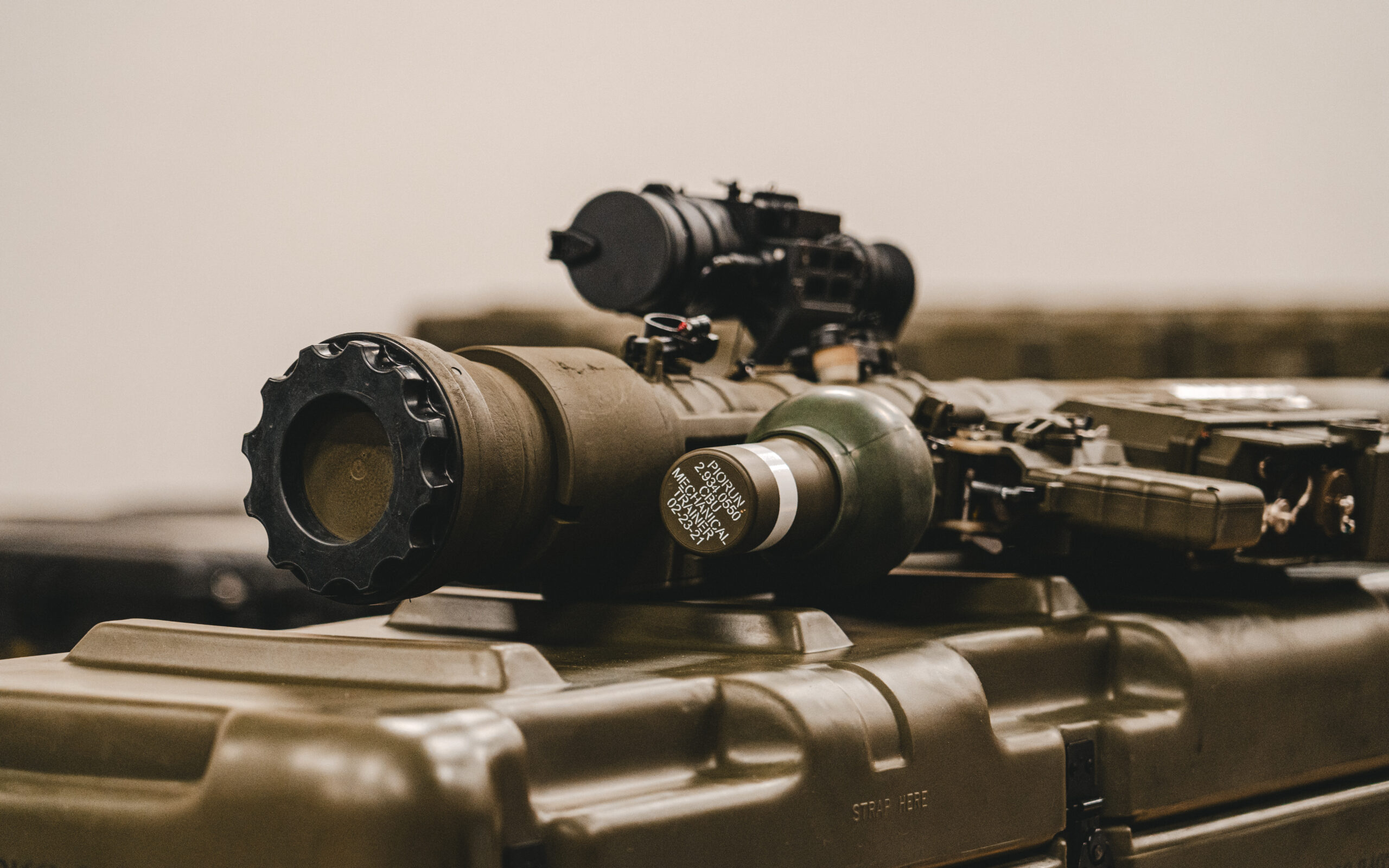
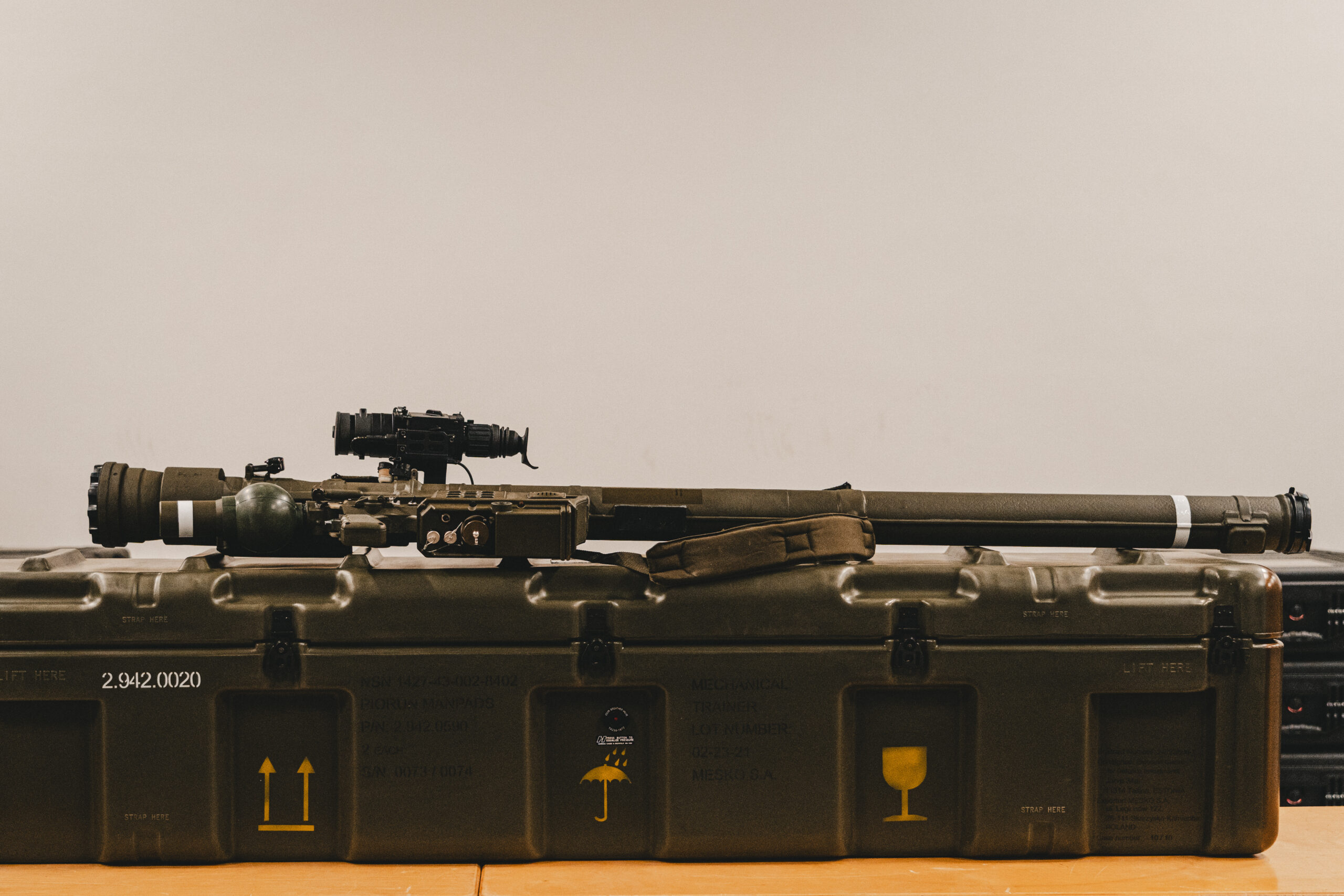


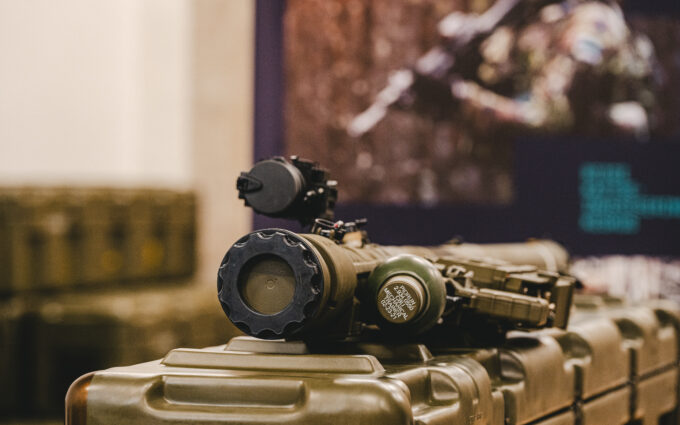
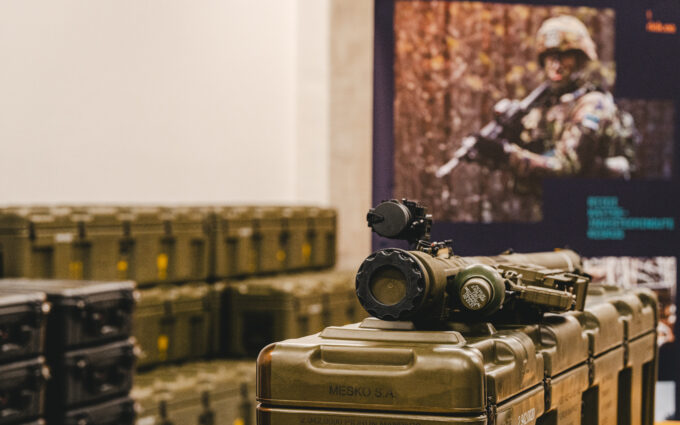
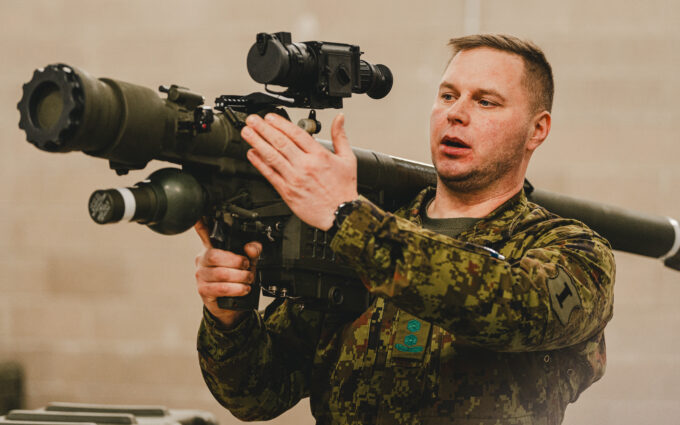





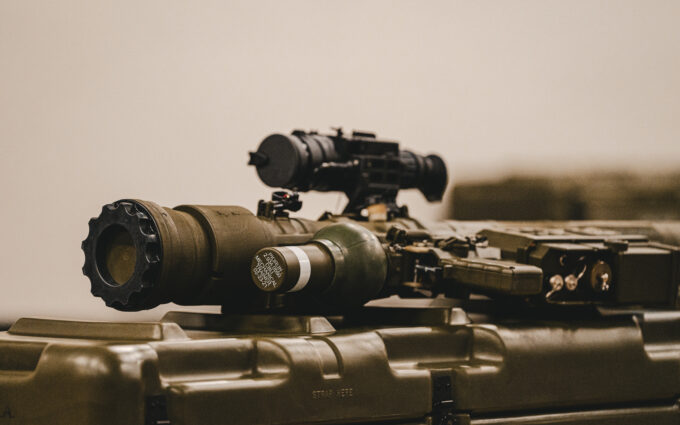



















Comments
Nobody has commented on this article yet.